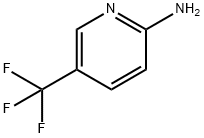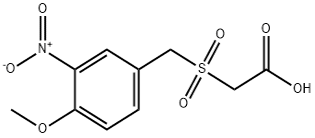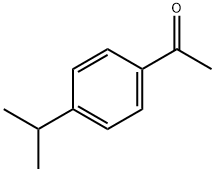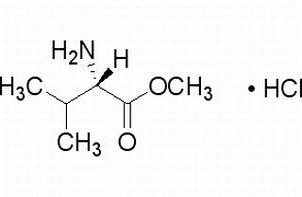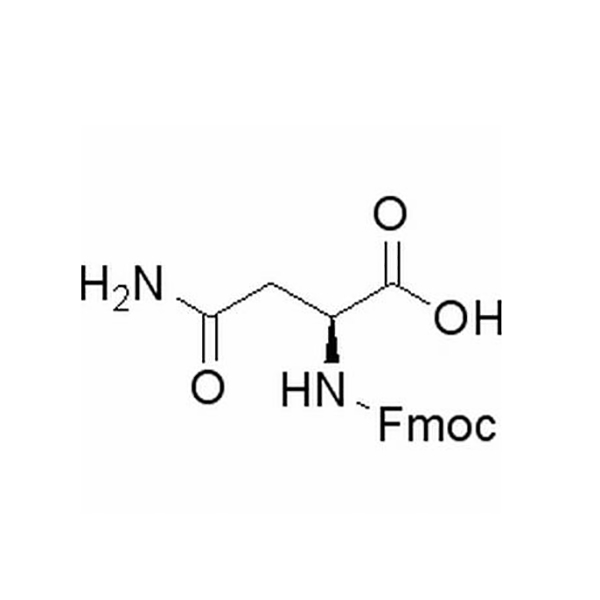5-(Trifluoromethyl)pyridin-2-amine (CAS# 74784-70-6)
| Risk Codes | R20/21/22 – Harmful by inhalation, in contact with skin and if swallowed. R36/37/38 – Irritating to eyes, respiratory system and skin. R25 – Toxic if swallowed |
| Safety Description | S26 – In case of contact with eyes, rinse immediately with plenty of water and seek medical advice. S36/37/39 – Wear suitable protective clothing, gloves and eye/face protection. S45 – In case of accident or if you feel unwell, seek medical advice immediately (show the label whenever possible.) S36 – Wear suitable protective clothing. |
| UN IDs | UN 2811 6.1/PG 3 |
| WGK Germany | 3 |
| HS Code | 29333990 |
| Hazard Note | Irritant |
| Hazard Class | 6.1 |
| Packing Group | III |
Introduction
2-Amino-5-trifluoromethylpyridine is an organic compound.
It has the following properties:
Colorless or yellowish crystals in appearance;
Stable at room temperature, but may decompose when heated;
Soluble in organic solvents such as ethanol and dimethyl sulfoxide, insoluble in water.
2-Amino-5-trifluoromethylpyridine has a wide range of applications in laboratories and industries:
As a corrosion inhibitor in metal surface treatment, it can effectively prevent metal corrosion;
As a precursor of organic electronic materials, it can be used to prepare organic light-emitting diodes (OLEDs) and organic thin-film transistors (OTFTs) and other devices.
The synthesis methods of 2-amino-5-trifluoromethylpyridine are mainly as follows:
5-trifluoromethylpyridine is reacted with ammonia to generate the target product;
2-amino-5-(trifluoromethyl)pyridine hydrochloride was reacted with sodium carbonate to produce free 2-amino-5-(trifluoromethyl)pyridine, which was then reacted with ammonia to synthesize the target product.
The compound may have an irritating effect on the eyes and skin and should be avoided;
Wear appropriate protective gloves and glasses when using;
Avoid inhaling the vapors of its dust or solution;
Operate in a well-ventilated area and avoid prolonged exposure to high concentrations of gases;
Waste disposal should comply with local regulations to avoid environmental pollution.


